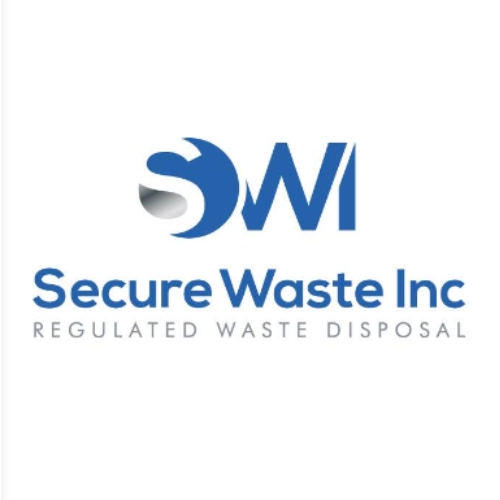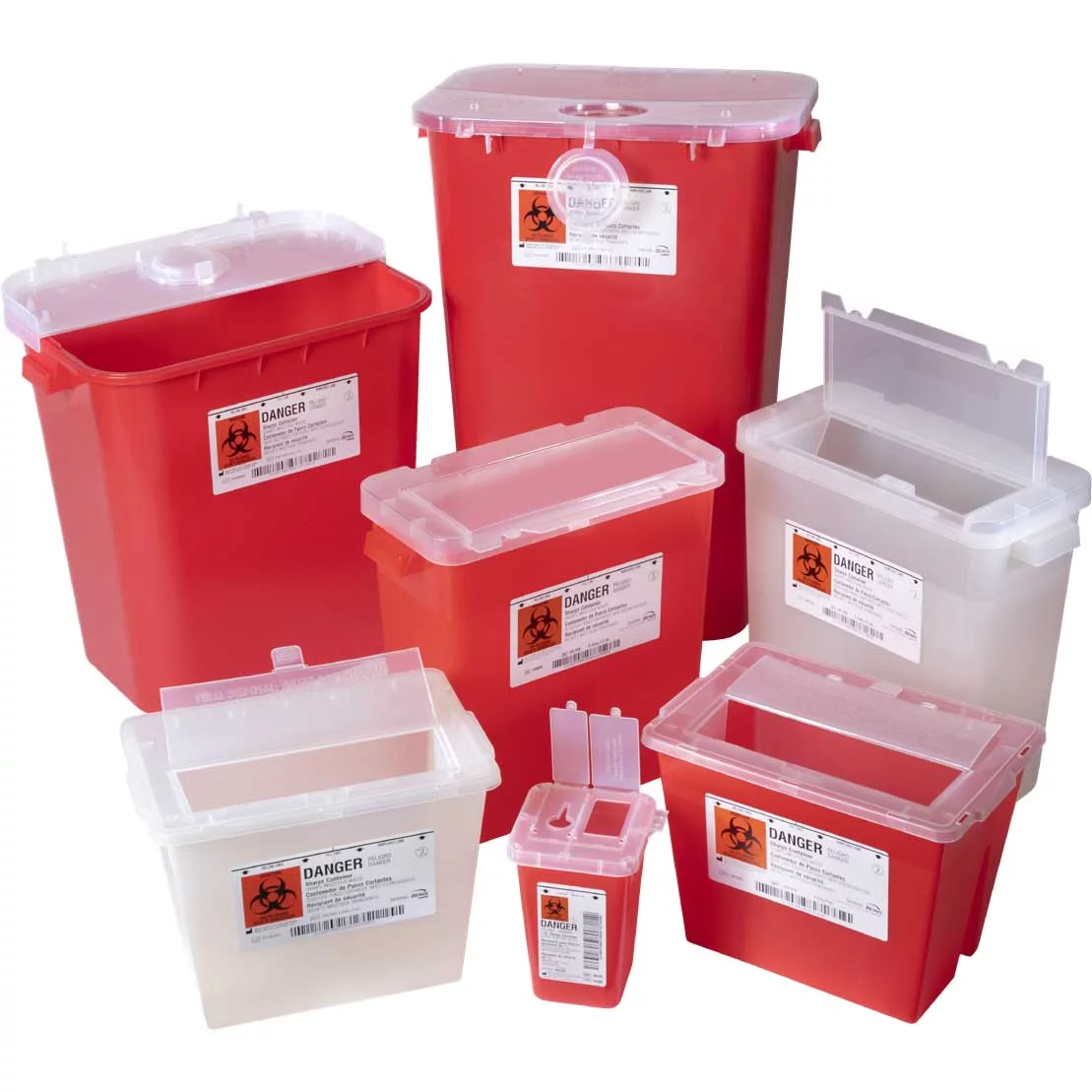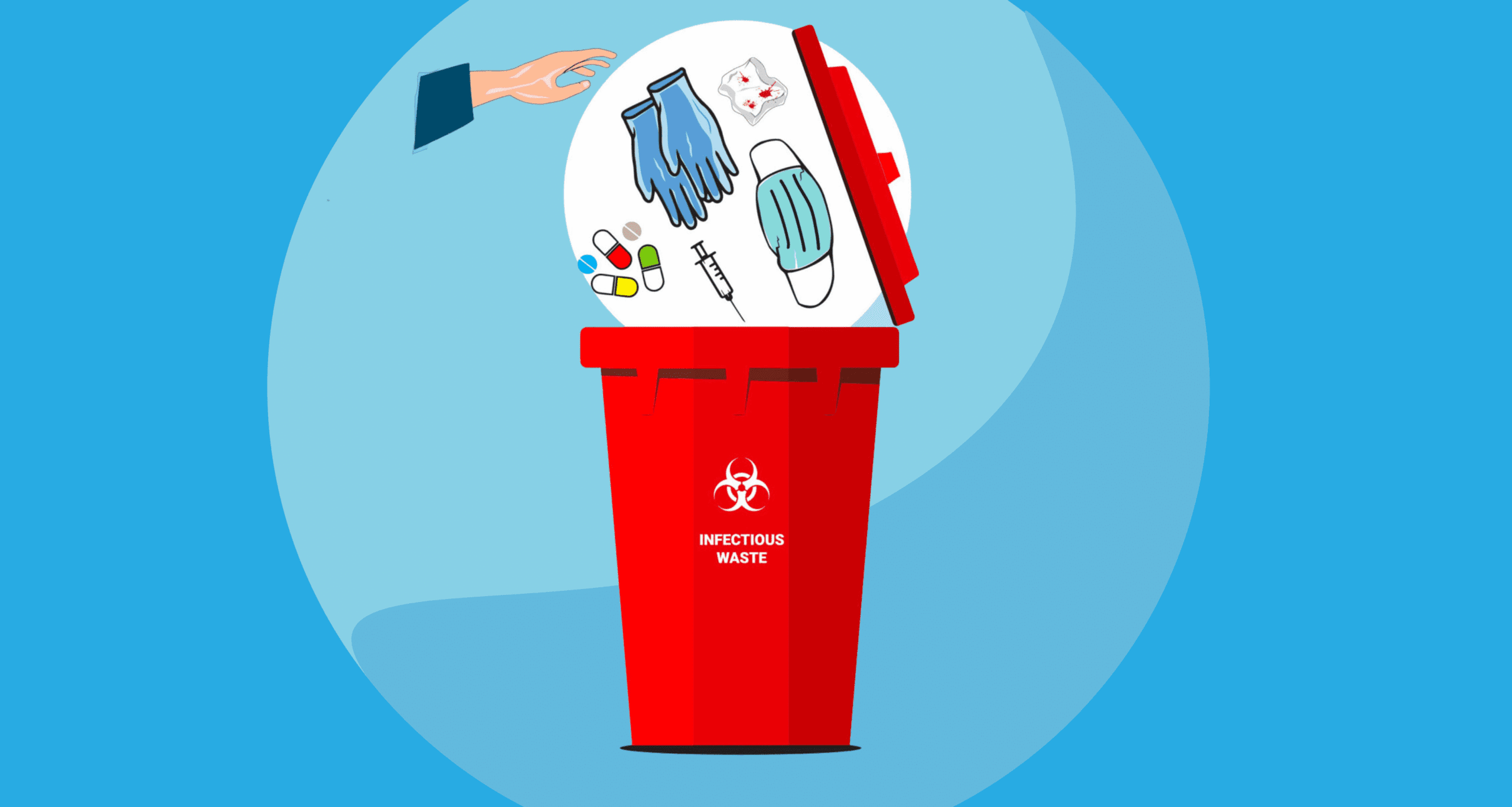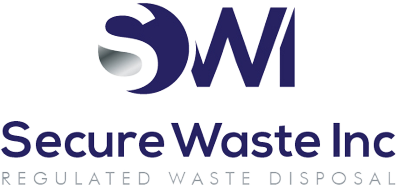How To Choose The Best Sharps Container? Expert Tips From Secure Waste
Secure Waste provides expert tips for choosing sharps containers for your healthcare practice and dental office. Sharps containers ensure the safety and well-being of healthcare professionals and patients. Crafted from top-quality, puncture-resistant materials, they offer essential protection in clinical settings.
This Secure Waste blog will explore essential factors to consider when selecting the safest sharps container for your facility. We aim to provide a thoughtful, modern solution beyond traditional practices, ensuring a safer environment for all!

Additionally the container size should be appropriate for the volume of sharps being disposed of allowing for safe and efficient disposal without prematurely reaching capacity You should also choose a container with a secure closure mechanism to avoid spillage or accidental access
Furthermore the placement and accessibility of the container in areas where sharps are used should be considered Educating staff on the proper use of sharps containers will enhance compliance and promote safety in the workplace Ultimately the selection process should prioritize safety and convenience to minimize the risk associated with sharps disposal
A bold biohazard logo makes them easily identifiable, separating them from other disposal options. Available in various sizes, colors, and lid designs, these containers are designed to cater to the unique requirements of different healthcare environments.
The Occupational Safety and Health Act of 1970 created the National Institute for Occupational Safety and Health (NIOSH), devoted to promoting workplace safety.
NIOSH actively works to uncover the causes of work-related illnesses and injuries, assess potential hazards presented by new technologies and practices, and develop effective strategies to mitigate risks while advocating for strong occupational safety standards.
One of the most pressing concerns in healthcare is occupational exposure to bloodborne pathogens, such as the hepatitis B and C viruses (HBV and HCV) and the human immunodeficiency virus (HIV). Tragically, workers face substantial risks, particularly from accidental needlestick injuries.
The United States witnesses around 800,000 needlestick injuries in hospitals each year—an alarming statistic revealing an injury every 10 seconds! Research shows that many of these injuries occur during disposal, highlighting the need for caution and appropriate measures during sharps disposal.
As the volume of medical waste, particularly sharps waste, continues to rise, the demand for effective healthcare waste management grows more critical. To safeguard healthcare settings, all sharps waste that has interacted with blood or bodily fluids must be discarded in approved sharps containers.
It’s a common myth that sharps containers are only for syringes; however, “sharps” encompasses any object with the potential to puncture or cut the skin. This includes broken capillary tubes, culture slides, disposable scalpels and blades, hypodermic needles, and lancets.
Unlock Your FREE Waste Assessment Today! Reach Out to Us for Secure Waste Solutions!

Expert Medical Waste Management: With over 25 years of industry experience, Secure Waste is a trusted local leader in hazardous and biohazardous waste disposal across Maryland, Virginia, and Washington, D.C. Specializing in medical waste management, sharps needle disposal, and biohazard waste removal, the company ensures full compliance with federal, state, and local regulations while prioritizing environmental sustainability.
The company also offers additional services, including secure document shredding and sharps container sales, providing comprehensive solutions for healthcare facilities and businesses. Our cost-effective services help clients maintain regulatory compliance without unexpected costs.
With a commitment to customer satisfaction, Secure Waste offers tailored waste management plans that align with industry best practices. Their team of experts provides reliable, timely, and compliant services, making them the preferred choice for medical waste disposal. For a free waste quote or more information, visit www.securewaste.net





